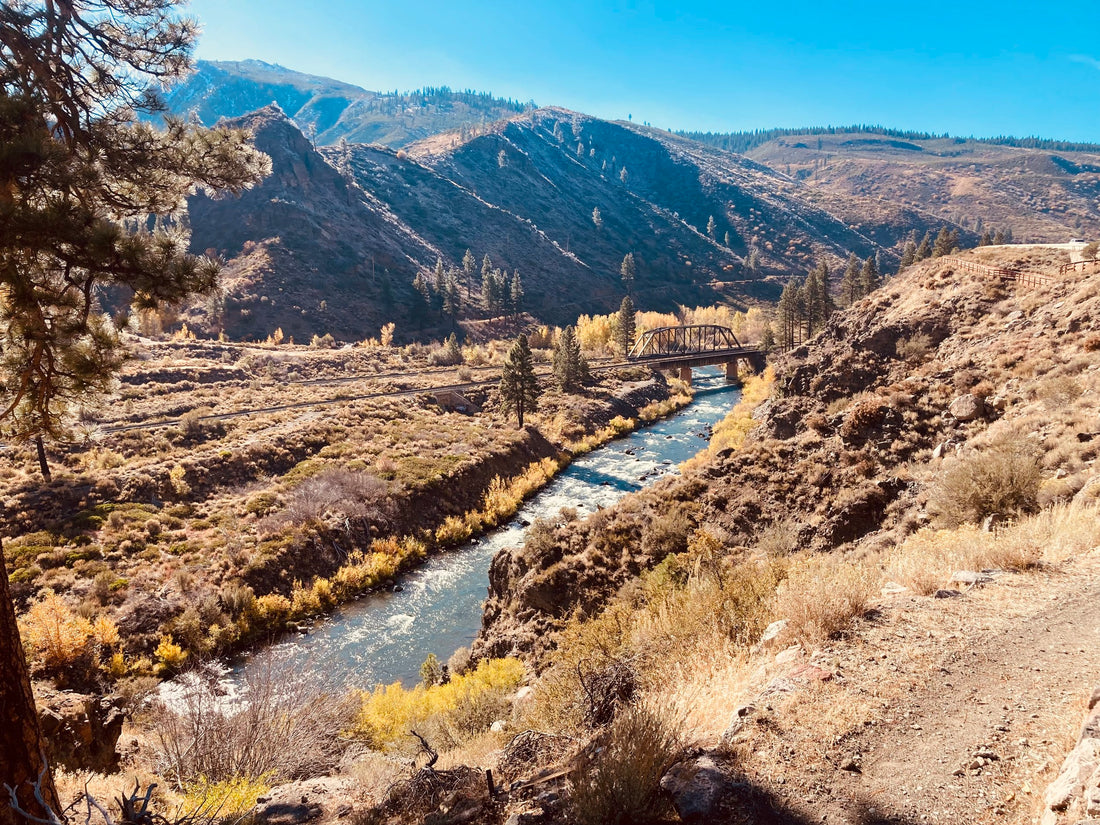You woke up at 5 am, drove 4 hours and hiked a few more to reach a good place to fly fish, and have fished a few good-looking runs. The time to reach the destination and all your pre-trip research left you with a game plan of how you wanted to approach the water. Maybe it was streamers early morning, followed by nymphing the slots with midges as water temperatures rose and got more active, with the chance of putting on some Griffith’s gnats for a brief afternoon dry-fly window. But your drifts have gone ignored all day long and you pull out your fishing pack and ask: what should I do now?
A big part of the challenge and intrigue of fly fishing is its unpredictability. Some days we feel like we really figure things out, other days are a grind to try to put together a few fish. I had one of these days myself last weekend, where a few small rainbows were all that stood between me and a skunk. Not exactly the colored-up fall brown trout I was looking for.
When your strategy fails, it’s easy to succumb to the urge to experiment with some new techniques. Fishing with an 8’6” 5-weight? It’s hardly a Euro nymphing rod, but you can put some tungsten-bead nymphs on it and give it a go. Maybe that ugly purple and green streamer you tied as a joke a few years ago is exactly what the fish are looking for. Maybe throwing a big stimulator dry fly in November will take the fish on a trip down memory lane to the glory days of the salmonfly hatch.
But more likely than not, those weird ideas you generate are not likely to be all that successful, especially if you are not confident in them. The best time and place to try new fly-fishing techniques is a river you know well when the fish are in an active, hungry mood. It’s easiest to dial in your hookset when tightline nymphing or to figure out the right presentation for a streamer when the fish give you frequent strikes and feedback on exactly what works and does not work. While those lessons won’t always hold true, they will at least build up your repertoire of techniques you know can work. The biggest frustration for me when I’m struggling to catch fish is the feeling that I have gotten no feedback from the fish, and thus have no idea whether my techniques are bad in some way, or if the fish just are not very active on that day.
Back to fishing on the river: what to try when you’re out of ideas and without so much as a bite? I have one main go-to method that I have confidence in through a variety of situations and water types. Tie on a wooly bugger to your tapered fly leader and attach a small soft hackle to a dropper about 18” below this. Stand at the top of a riffle, cast the flies across the water, mend upstream, and let the flies swing downstream until they are directly below you. Strip back a few times, walk downstream a step, and repeat. Make sure you keep mending during every drift so that the flies are being pulled as little as possible. You can cover an entire run—from the head of a riffle, to where it drops into a pool, to the seams along the riffle, to the deep part of the pool and the tailout—all using the same flies and method. If the water is stagnant, keep mending after your cast so that the flies get deep and then you can retrieve it using a variety of strips.
This is my favorite method during a hard day of fishing. At a bare minimum, casting and swinging flies is far more fun and relaxing than indicator fishing. And it has saved a trip on more than one occasion. What’s your strategy when you’re just having one of those days?

